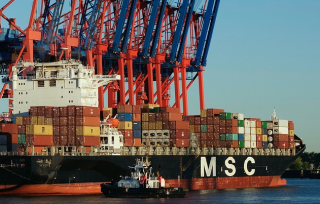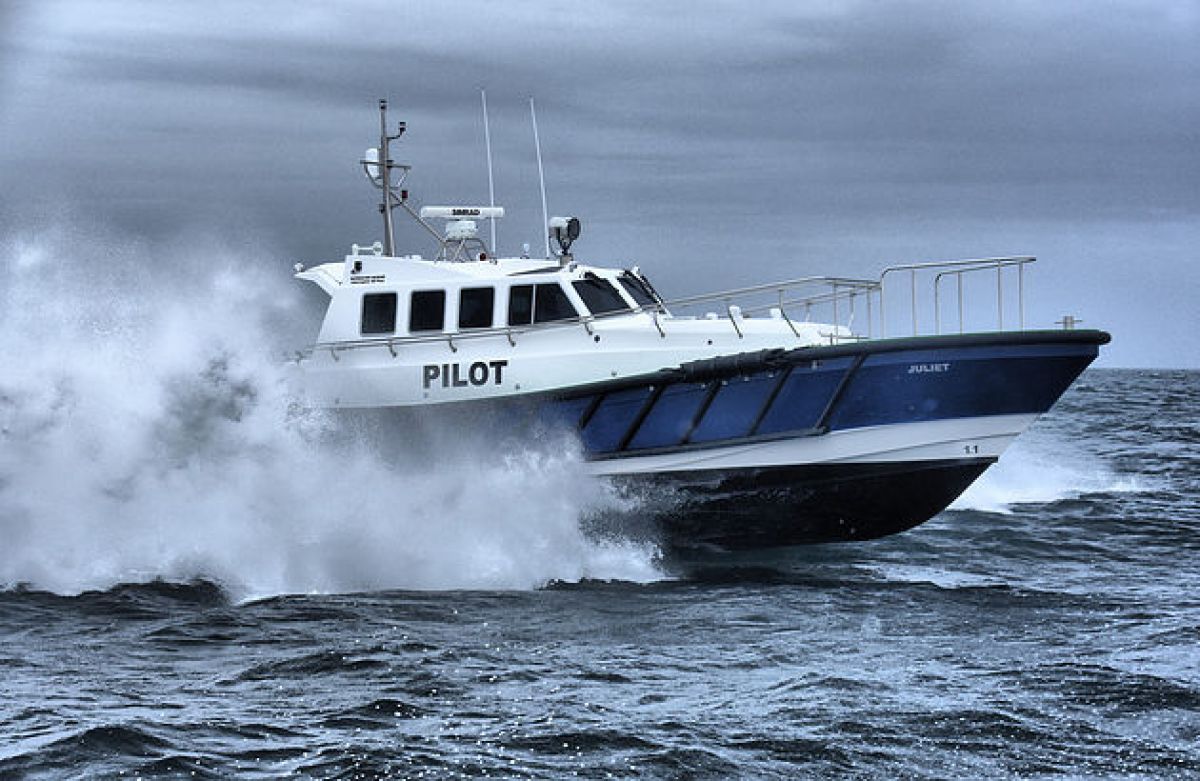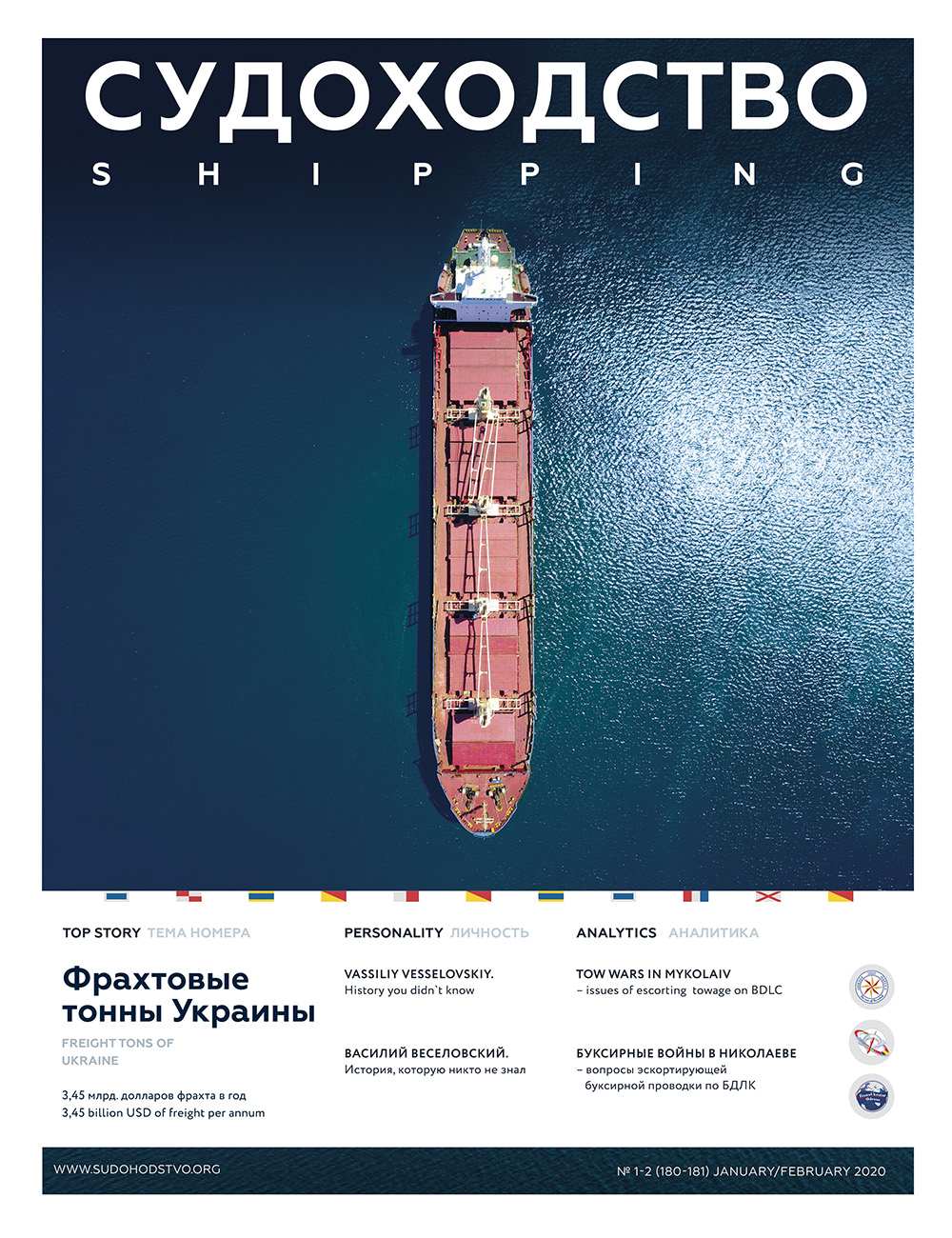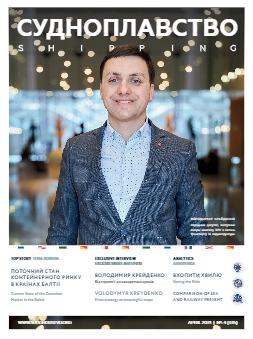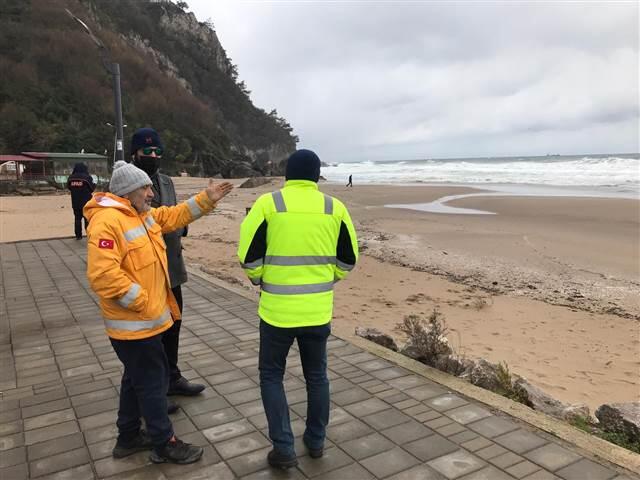
Mustafa-MasiNayyem
Deputy Minister of Infrastructure of Ukraine
Full digitalization of the industry remains the main priority for the Ministry of Infrastructure of Ukraine. E-TTN — a legally significant document intended for all participants in the transport process, accounting for goods on the way of their movement, payments for transportation of goods and accounting for work performed. Mustafa-Masi Nayem, Deputy Minister of Infrastructure of Ukraine, revealed to the Shipping magazine at what stage is this project and what should be expected.
The Ministry of Infrastructure has been working on the implementation of the e-TTN (waybill) project. What did it take to implement the program and what else is to be done?
In 2019 the Ministry of Infrastructure began working on the introduction of hardcopy-free document management in the field of road freight. Initially, regulatory changes were introduced for this purpose, but the analysis of the effectiveness of the implemented policy showed that businesses fail to exchange electronic TTN (waybill) due to the use of different EDI systems (ed. — electronic document management), which do not have interoperability. Therefore, in 2019, the Decree of the President of Ukraine set the task for which the Ministry of Infrastructure was responsible. It relates to the introduction of electronic document management of the electronic consignment note, and in December of that year we launched such a project in accordance with the Cabinet of Ministers.
We involved in the project an NGO «Institute of Analytics and Advocacy» and EDI system providers, who undertook daily communication with business representatives from different sectors of the economy to develop the central component of the electronic register of TTN (waybill) to take into account the specifics of their activities and business processes. Initially, there were 8 such providers, but over time their number has doubled. It is thanks to such effective cooperation of the public, state and private sectors that we created a software product that will meet the key objectives of the project: interoperability, convenience, easiness and speed.
This year, our international partners joined the project, namely the USAID / UK aid project «Transparency and Accountability in Public Administration and Services / TAPAS», which provided us with a technical team to develop the third phase of the project. On November 10, we provided the integration protocols, and as of the end of November four providers had already started implementing them.
We plan to complete the development of a central database by March 1 of 2022, to support the integration of providers into the updated system by April 1, and starting from August 1, 2022 to use the e-TTN (waybill) for the general group of goods which will be mandatory throughout Ukraine.

You mentioned that e-waybill will be mandatory for the general product group. When is the launch of e-waybill for special product groups planned?
I can’t say yet when exactly this will happen, but definitely not before 2023. A full-fledged transition to e-waybill for special groups requires a fairly comprehensive study of the issue by our colleagues from other ministries and departments, especially from the State Tax Service. And this includes both making changes to regulations and developing architecture of interaction between existing systems in other bodies with our system.
Representatives of businesses engaged in international freight transport note that the European analogue of TTN (waybill) — CMR — contains much less data than the Ukrainian document. Do you plan to simplify it and join the e-CMR project?
In June 2020, the Verkhovna Rada at the initiative of the Ministry of Infrastructure adopted the Law of Ukraine «On Ukraine’s Accession to the Additional Protocol to the Convention on the Contract for the International Carriage of Goods by Road (CCIP) on Electronic Invoice», according to which Ukraine acceded to commitment to the development and implementation of e-CMR. Since then, the Ministry of Infrastructure and the Institute of Analytics and Advocacy have been actively studying the standards of UN / CEFACT (United Nations Center for Trade Facilitation and Electronic Business). We are working closely with our European counterparts, especially EU4Digital, to develop an implementation plan until 2025. This applies not only to road freight transport, but also to digital transport documents in general, including in the field of rail and sea transport.
Our achievements were also appreciated by our BSEC partner countries (Organization of the Black Sea Economic Cooperation), who were interested in the possibility of using the e-TTN (waybill) system as a basis for pilot projects to implement e-CMR.
Answering the question of simplification of e-TTN, it should be noted that the Ministry of Infrastructure cannot implement such changes on its own, as most of the information is required by the tax authorities. Therefore, including with the GiZ International Foundation and the Office of Simple Solutions, we are working to discuss the possibility of such simplifications. This is quite a difficult process, as all information from TTN is used by the Tax Service for additional control and inspections.
When will Ukrainian carriers start using e-CMR?
The EU has previously stated that e-CMR should be introduced in 2025. Our goal is to be ready for this a little earlier and to start pilot projects from 2023 either with the BSEC countries or with the Eastern Partnership countries.
Interview conducted by Marina Samsonova

